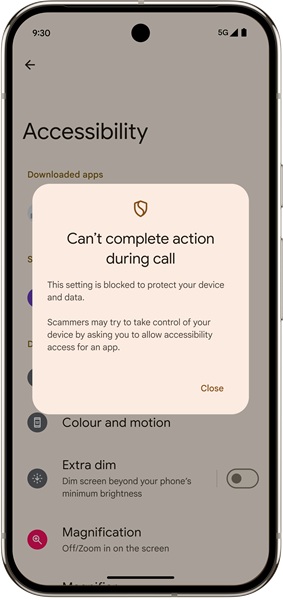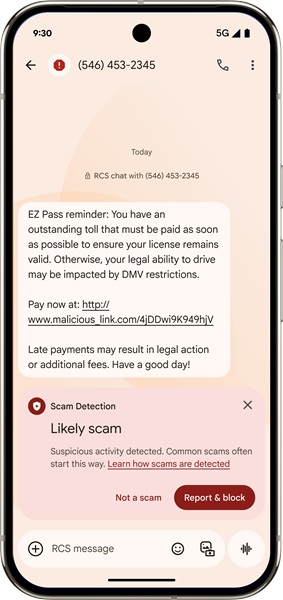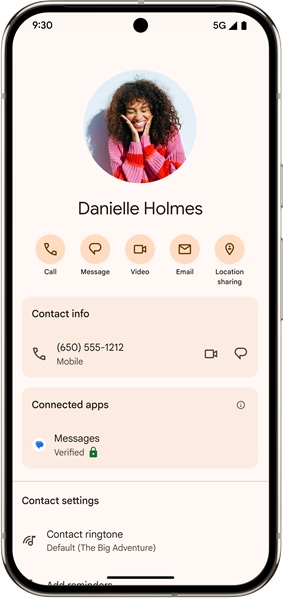The Android Show I/O Edition: Everything that was announced from Android 16 to Android XR

We’re only a week away from Google I/O, and it’s unusual for Google to preview upcoming features before its big official announcement at the event. However, this time, they’ve taken a different approach by revealing some of the significant developments much earlier than we expected.
While Android President Sameer Samat did drop some hints on showing off Android 16’s quirks before its launch, and several other UI leaks have provided an early first look, here’s everything that was announced at The Android Show – I/O Edition today (May 13).
Material 3 Expressive
Google officially announced one of the biggest UI changes to its ecosystem. At the upcoming I/O developer conference, Google is set to officially show off the next big chapter in Android’s design as the company is switching things up in a big way, with its Material 3 Expressive (M3).
It is modifying its UI experience to be more expressive and interactive. Google explains that M3 Expressive is all about design that feels good, makes sense, and helps you do things with ease. It leans on five key components, such as color, shape, size, motion, and containment, to steer the user’s attention to the stuff that actually matters.
These UI changes will show up both on phones and wearables, with the interface sporting a brighter look. You’ll see the notification “tear away” from the rest of the notifications in the stack. Animations around the UI now bounce with a playful energy they didn’t have before. Even small elements get their spotlight, like when you adjust the volume slider or pull down the notification shade.
On the Pixel Watch front, Google says the new animations and designs “trace the curvature of the display” as you scroll and interact.
Wear OS 6 will be seeing more customization via color options and a customizable UI. Watch faces will now have the ability to change the whole color of the OS, giving the wearable a more thematic feel.
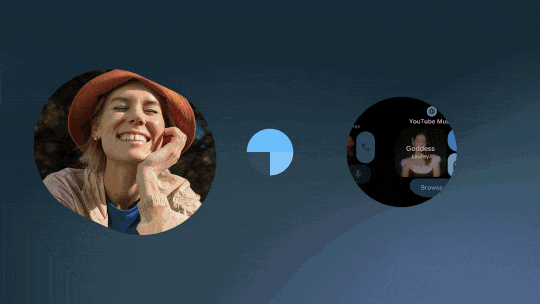
Google says the new button and notification design is made to “hug the display” as it moves, taking up as much space within the wearable as possible and making the most of the screen. There are even new stretchable buttons that are easier to tap, so you don’t have to be quite as precise with actions.
Gemini comes to more devices
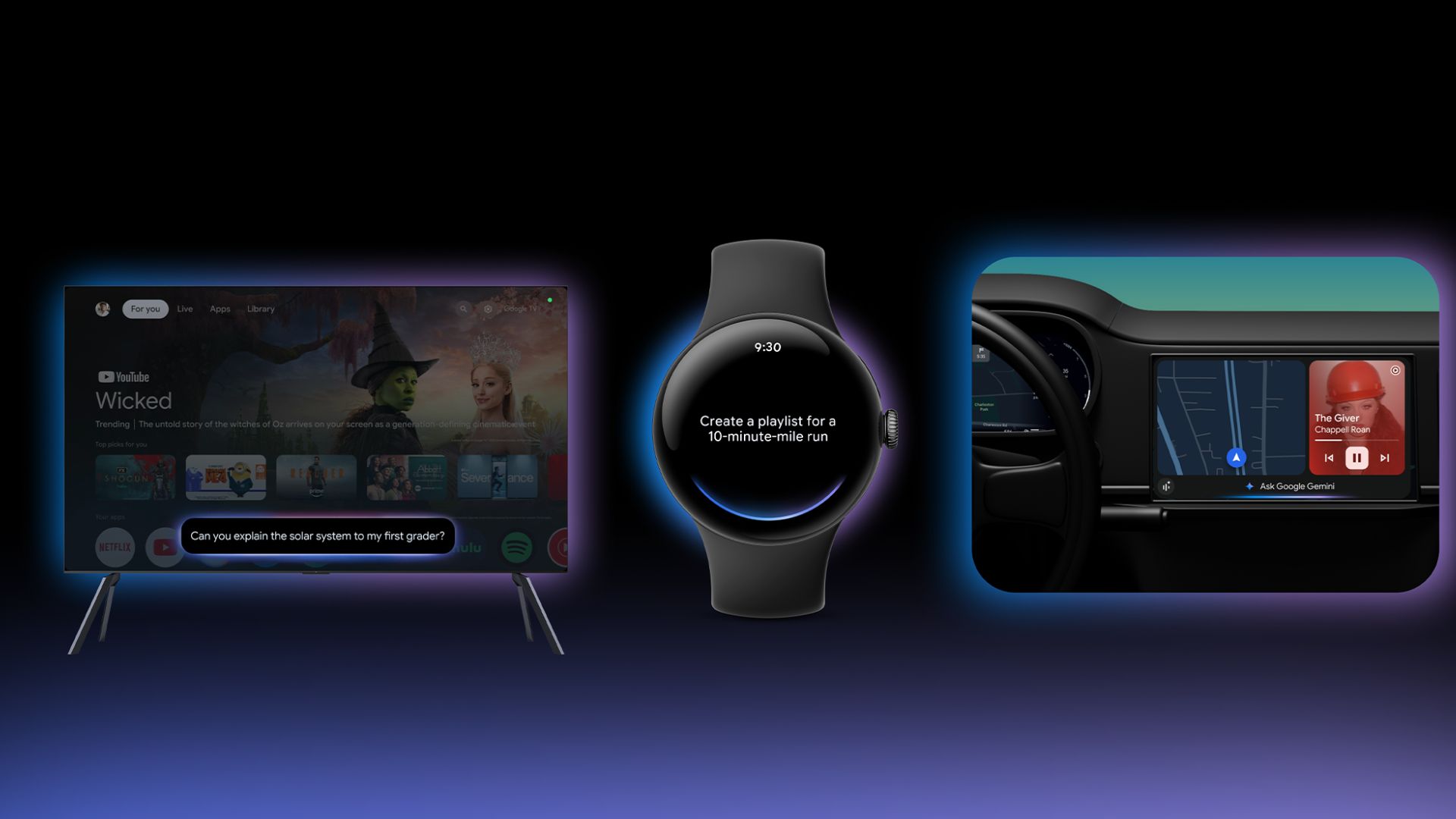
Google announced during the show that it will be bringing Gemini‘s smarts to more devices that people use daily.
It started by replacing Google Assistant with Gemini earlier this year, and things have just taken off since then. Now, it’s expanding Gemini‘s power to Wear OS, Google TV, Android Auto, and soon Android XR.
Gemini will be integrated into Wear OS, helping users stay on top of things straight from their wrists.
“Like when your hands are covered in flour while cooking, when you’re rushing between meetings, or when you’re in the middle of a bike ride,” Google explained in the press release. All users need to do is summon Gemini with their voice and give it a command. Google says it doesn’t have to be a fully thought-out sentence.
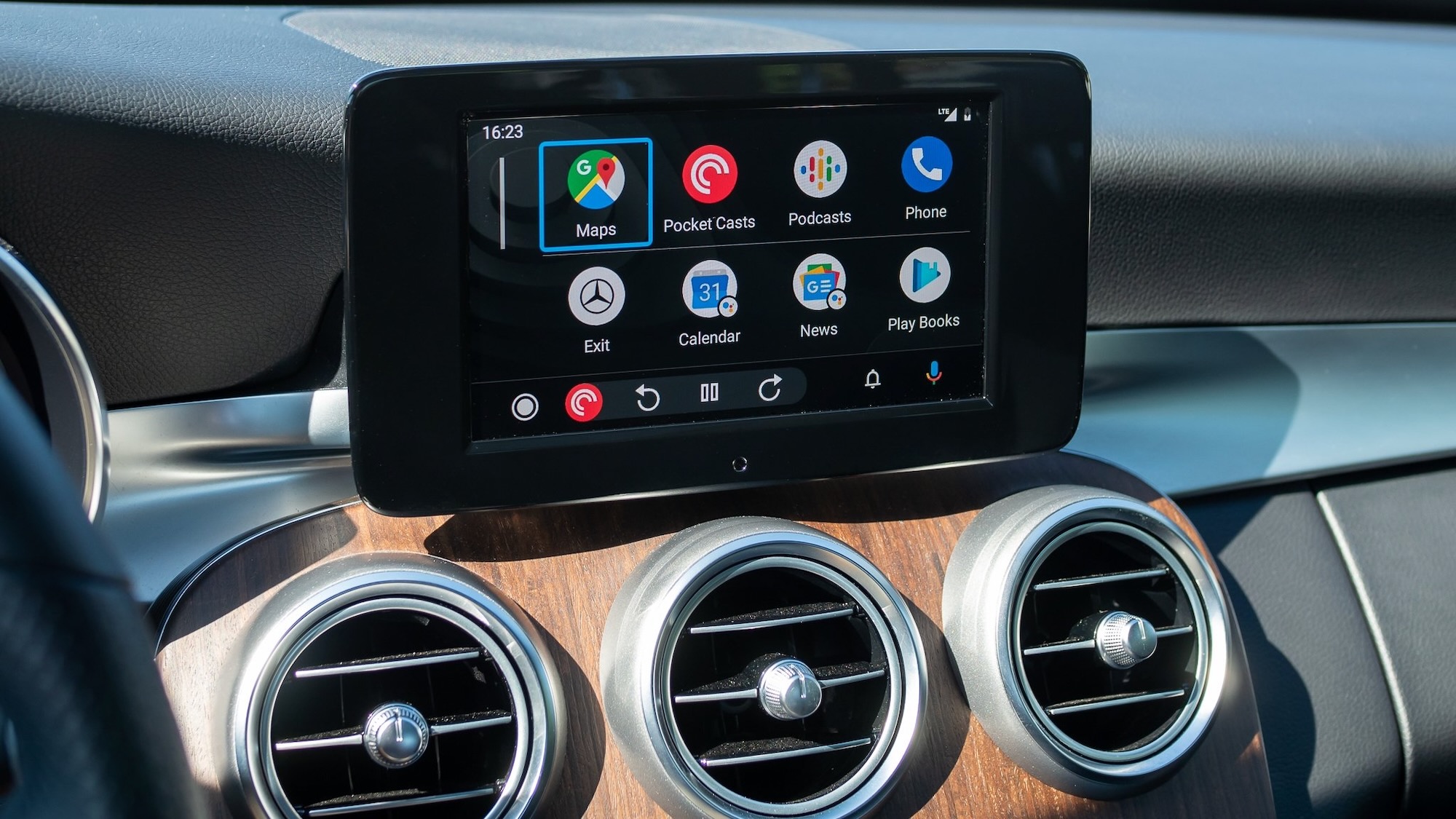
Cars are also getting a Gemini-sized upgrade on Android Auto. While voice commands have been at the center of Android Auto, with Gemini, the tech giant says users can do more on the move.
Gemini, built into Android Auto, will be a more intuitive assistant that can gauge what the user wants “through natural conversations.” So instead of hitting on the right response or choosing the right text to send, Gemini will let you do all of that hands-free.
Google says Gemini can find you a location that exactly fits your needs. For instance, you can give it a complex command like, “find me a charging station on the way to the post office that’s also near a park, so that I can go for a walk before your errands while your car is charging.”
Gemini within Android Auto integrates with other apps to allow users to be more productive while driving. For instance, during your morning commute, you can ask Gemini to give you “the rundown of the news today (but without sports), or get a quick synopsis of the book that you didn’t get around to finishing before your book club meeting.”

Next, Google TV is also getting a slice of Gemini Live. From asking the TV to play age-appropriate shows or movies for the kids to answering questions about the solar system by pulling up the perfect YouTube video, Google TV is said to go beyond just showcasing entertainment.
Google is taking Gemini a step further, integrating it into the world of Extended Reality — this includes next-gen devices like XR headsets and smartglasses.
Google says that with the Samsung headset and Gemini Live collab, it “can help you do things like plan a vacation by surrounding you with videos, maps, and local tips, creating an entire itinerary in minutes while providing a more,” giving a sense that they’re already at their vacay spot even before getting on the plane.

Tackling scams with Gemini
While online scams continue to rise, Google is trying to be a step ahead with its AI detection system. During the show, it announced a whole slew of privacy and security tools that will show up on all Android devices with Android 16.
New warning systems will be built into Android’s caller and Google Messages, which help prevent fraud by sending you pop-up messages when common scam tactics are used.
For instance, Google Messages is also getting a big security update with AI-based detection that can help stop scammers pretending to be government officials or bank employees, or even”tech support” scams, and several other new categories. These messages will be automatically flagged and filtered as spam if spam detection is enabled.
It also gave us more insight into a new Key Verifier program in Google Messages that uses public encryption keys to further verify end-to-end encrypted messages, so you can be certain that the person you’re texting is the real deal and not a bad actor.
Google Play Protection will also include live threat detection that will let users know if a developer has maliciously changed or hidden their app icon. The feature will roll out to Pixel 6 and higher devices, as well as a “selection” of other phones, in the coming months.
We know Google always drops some hints at the end of its show, this time Google just showed us with a logo of its Android 16 Beta 4.1, which includes a number of bug fixes.
We expect to see the above improvements and more at this year’s Google I/O, which is set for 1 p.m. ET on May 20 at the Shoreline Amphitheatre in Mountain View, California.

